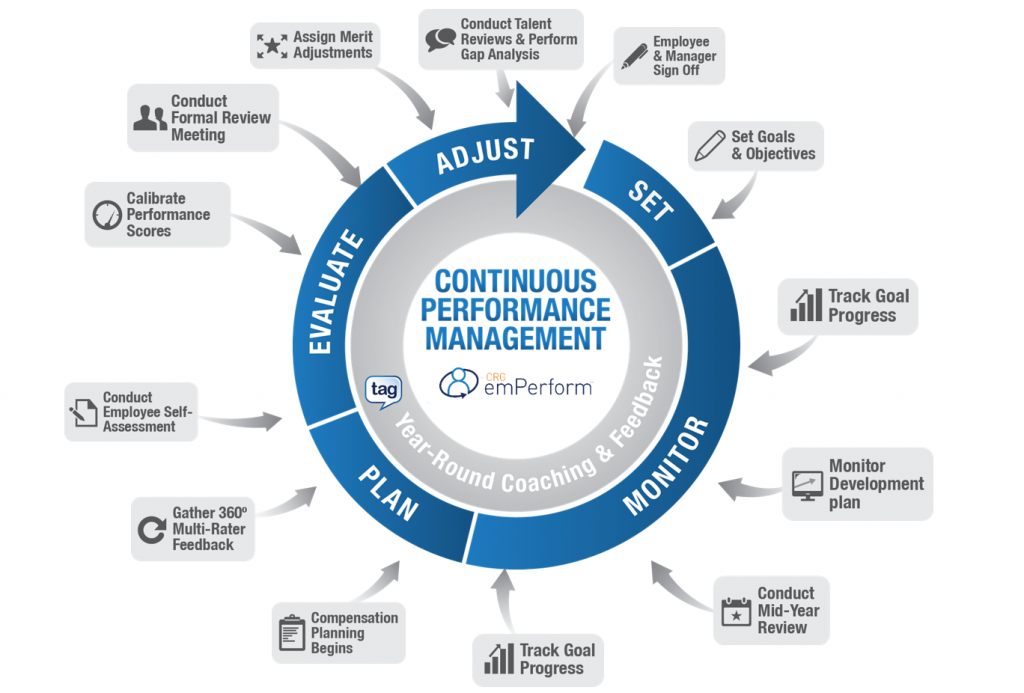How to Conduct Performance Reviews

Conducting performance reviews is a critical management practice that helps evaluate employee performance, provide feedback, set goals, and foster professional development within an organization. Effective performance reviews contribute to employee engagement, motivation, and overall organizational success. This comprehensive guide will outline key steps, best practices, and strategies to conduct performance reviews effectively.
Importance of Performance Reviews
Performance reviews serve several essential purposes in an organization:
- Feedback and Improvement: They provide employees with constructive feedback on their performance strengths and areas for improvement.
- Goal Setting: They establish clear performance expectations and goals aligned with organizational objectives.
- Development: They support employee development by identifying training needs, skill gaps, and career advancement opportunities.
- Recognition and Motivation: They recognize and reward employees for their achievements and contributions.
- Communication: They facilitate open communication between managers and employees, fostering a culture of transparency and accountability.
Key Steps to Conduct Performance Reviews
1. Preparation
- Gather Data: Collect performance data throughout the review period, including project outcomes, productivity metrics, customer feedback, and any relevant performance indicators.
- Review Job Description: Ensure clarity on job responsibilities, performance expectations, and key performance indicators (KPIs) relevant to the employee’s role.
- Self-Assessment: Encourage employees to conduct a self-assessment of their performance, achievements, challenges, and career goals.
2. Schedule and Prepare for the Review Meeting
- Set Clear Objectives: Define the purpose and agenda of the performance review meeting, emphasizing feedback, goal setting, and development planning.
- Choose a Suitable Environment: Select a private and comfortable setting conducive to open and constructive dialogue.
- Allocate Sufficient Time: Allow ample time for a thorough discussion, typically 1-2 hours depending on the complexity of the review.
3. Conducting the Review Meeting
- Start Positively: Begin the meeting on a positive note, acknowledging the employee’s strengths, achievements, and contributions to the organization.
- Discuss Performance Areas: Provide specific examples and feedback on performance strengths and areas needing improvement. Use objective data and observations to support feedback.
- Set SMART Goals: Collaboratively set SMART (Specific, Measurable, Achievable, Relevant, Time-bound) goals for the upcoming review period. Ensure goals align with organizational objectives and employee development needs.
- Discuss Career Development: Explore opportunities for skill enhancement, training, mentoring, or career progression based on the employee’s aspirations and organizational needs.
- Address Concerns: Address any performance concerns or behavioral issues tactfully and constructively. Seek to understand underlying reasons and offer support or resources to facilitate improvement.
4. Provide Constructive Feedback
- Be Specific and Timely: Offer specific examples of behaviors, actions, or outcomes to illustrate feedback. Address both positive contributions and areas needing improvement.
- Focus on Behavior: Focus feedback on behaviors and performance rather than personality traits or personal attributes.
- Encourage Two-Way Communication: Encourage employees to share their perspectives, challenges, and suggestions for improvement. Actively listen and respond empathetically to their feedback.
5. Document Performance Review
- Document Key Points: Record key discussion points, agreed-upon goals, action plans, and developmental opportunities discussed during the review meeting.
- Maintain Confidentiality: Handle performance review documentation with confidentiality and sensitivity, adhering to organizational policies and legal requirements.
- Share Feedback: Provide a written summary of the performance review outcomes and feedback with the employee for their reference and review.
6. Follow-Up and Support
- Monitor Progress: Schedule follow-up meetings or check-ins to monitor progress towards goals and provide ongoing support and guidance.
- Offer Resources: Provide access to training programs, coaching, or resources to help employees achieve their goals and enhance their skills.
- Recognize Achievements: Acknowledge and celebrate employee achievements and milestones reached as part of their development and growth.
Best Practices for Conducting Performance Reviews
- Regularity: Conduct performance reviews at regular intervals, such as annually or biannually, to maintain continuity and track progress over time.
- Fairness and Equity: Ensure fairness and equity in evaluating performance based on objective criteria and job-related behaviors.
- Manager Training: Provide training and guidance to managers and supervisors on conducting effective performance reviews, delivering feedback, and fostering employee development.
- Continuous Feedback: Encourage ongoing feedback and communication between managers and employees throughout the review period to address issues promptly and promote continuous improvement.
- Employee Involvement: Involve employees in the performance review process by encouraging self-assessment, goal-setting, and open dialogue to enhance engagement and ownership.
Conclusion
Conducting performance reviews is a critical management practice that contributes to employee development, organizational effectiveness, and employee engagement. By following structured steps, preparing thoroughly, providing constructive feedback, setting SMART goals, and fostering open communication, managers can facilitate meaningful performance discussions and support employees in achieving their full potential. Continuous improvement in performance management practices helps organizations cultivate a culture of accountability, growth, and success, ultimately driving long-term business outcomes and employee satisfaction.







